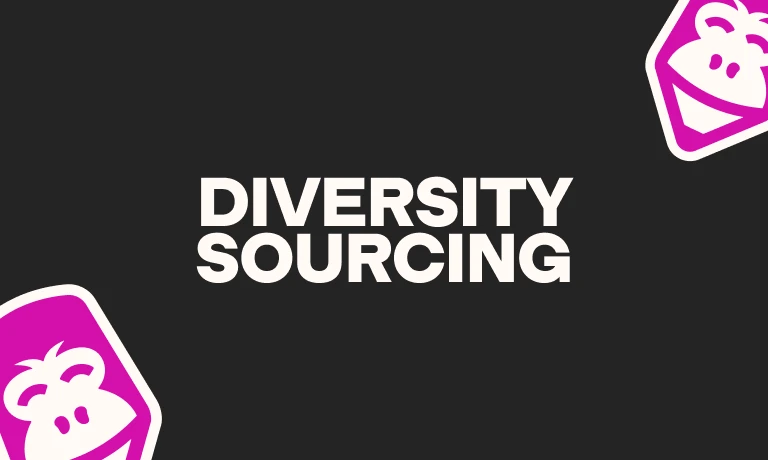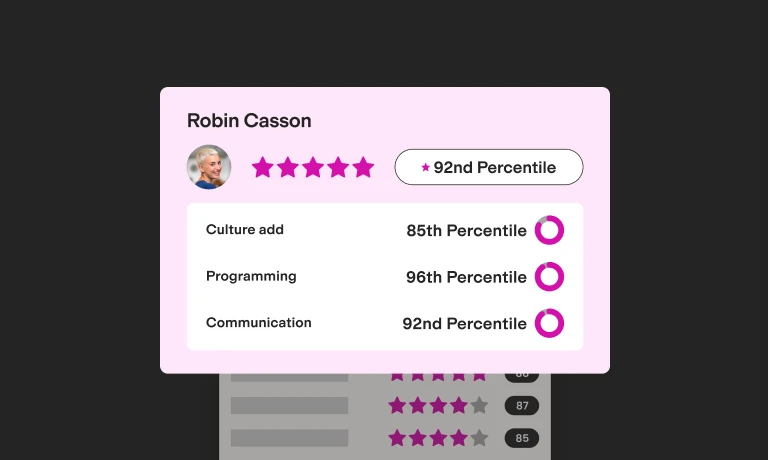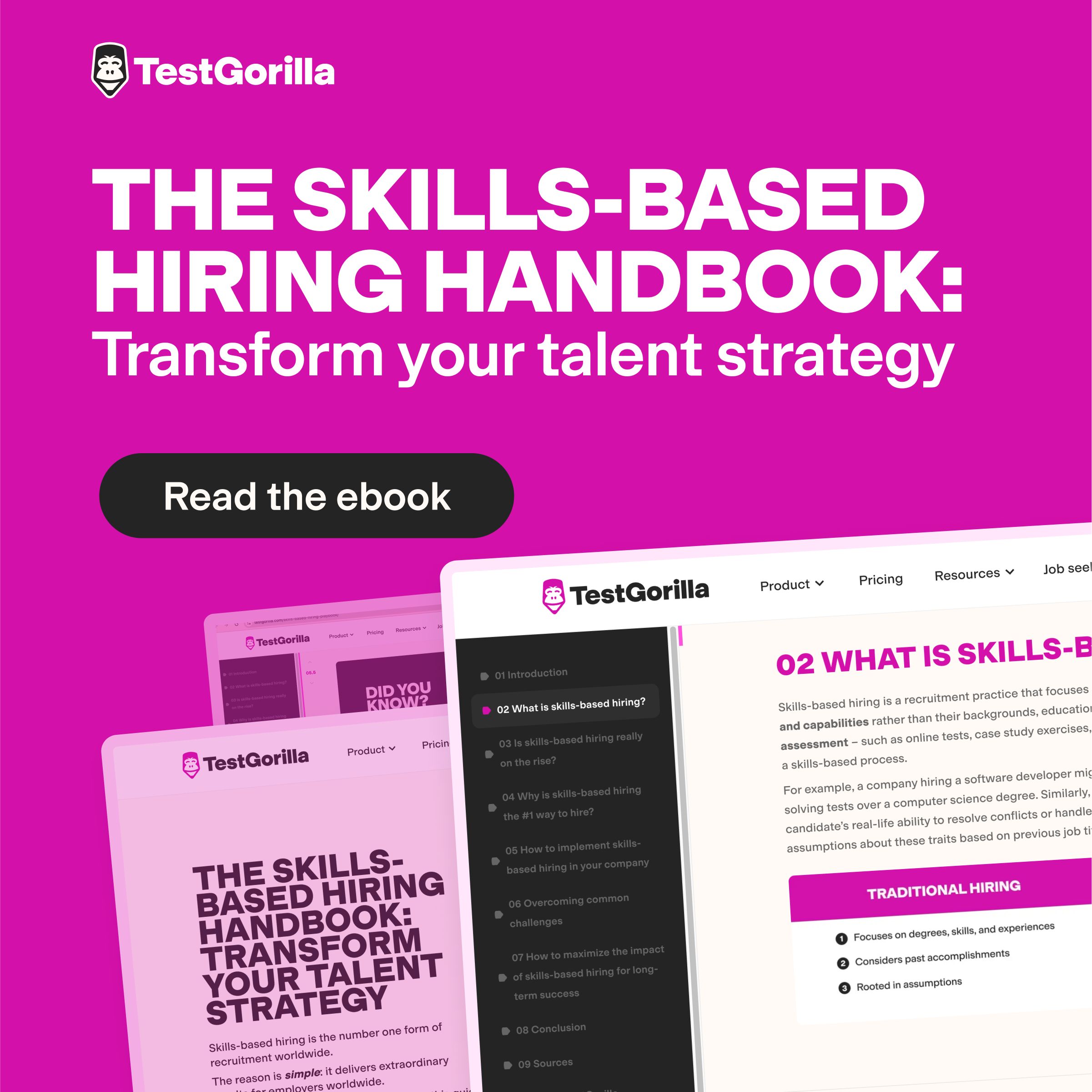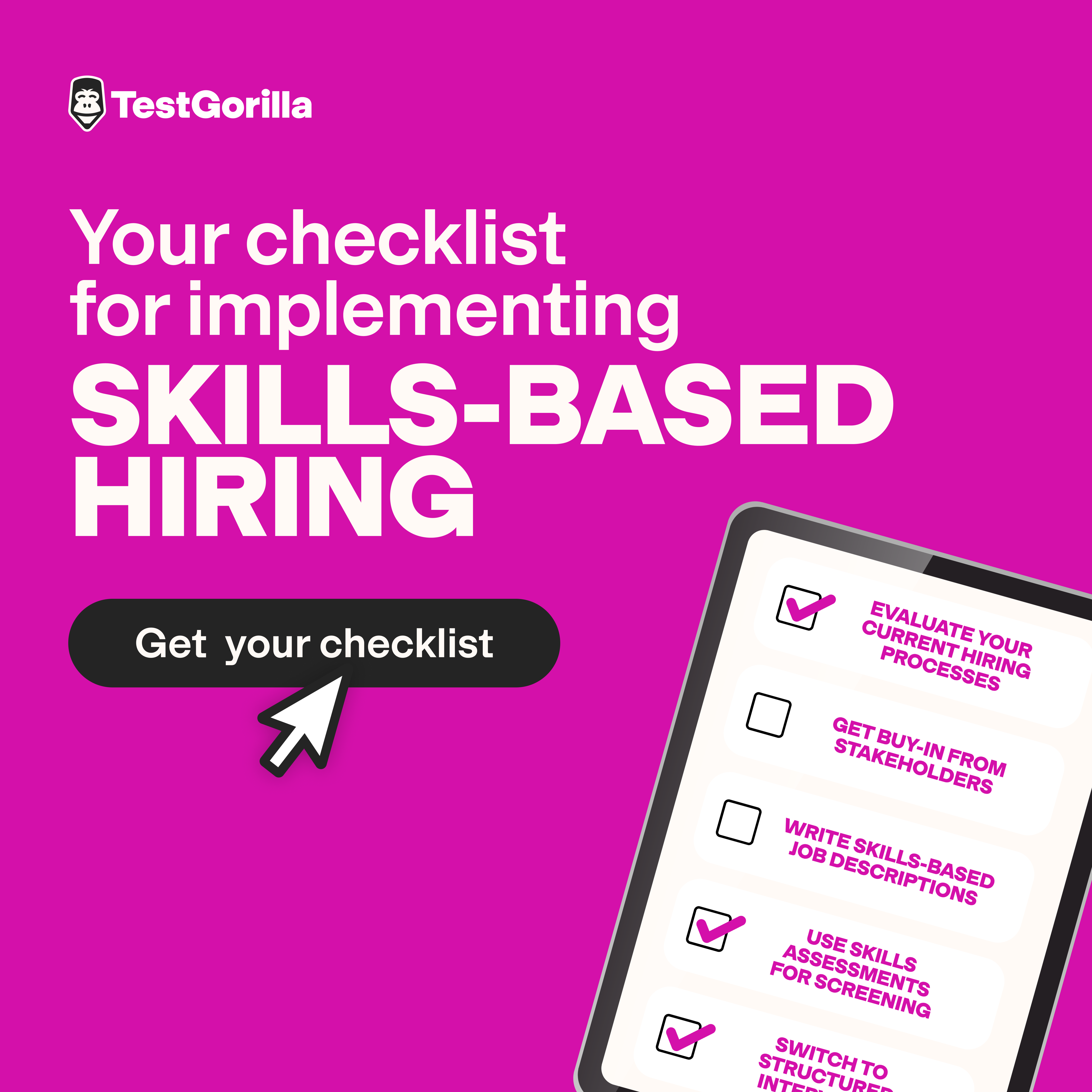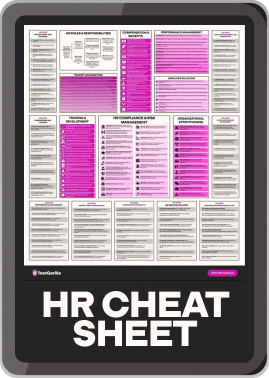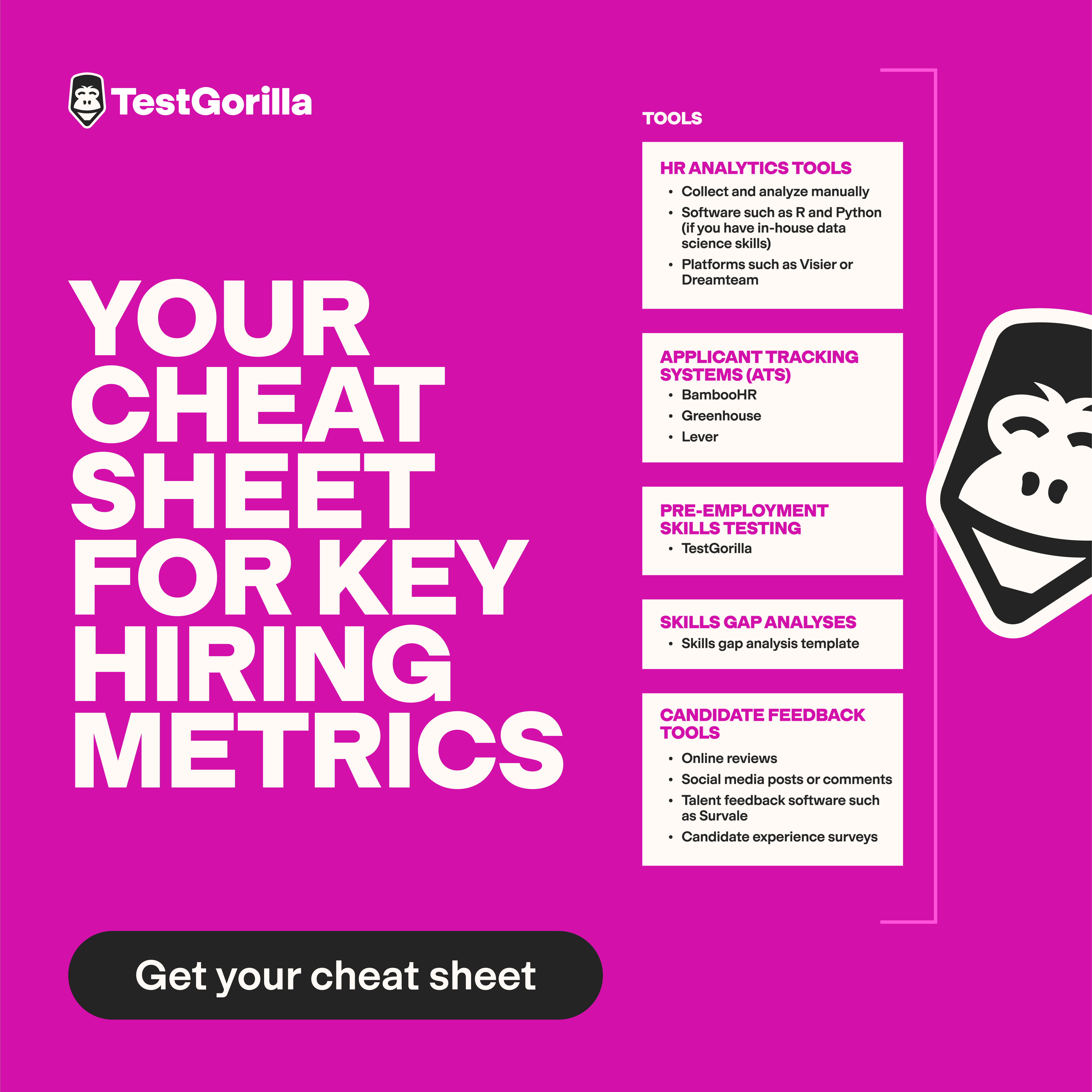6 tricky Dart developer interview questions to ask when hiring
Finding the right Dart developer to build the web and mobile apps your company needs can be tough. A lot of candidates say they have Dart experience, but they lack the skills needed to write clean Dart code, debug quickly, and build complex user-facing apps.
Hiring the wrong developer can lead to lengthy project delays or glitchy apps that harm your business’s reputation with customers. So, it’s crucial to ask the right questions during your interview process and test candidates’ Dart coding skills to make sure you’re hiring a developer you can count on.
In this guide, we explore six tricky Dart developer questions and explain what answers you should look for.
Why it’s hard to hire great Dart developers
Dart is a modern programming language that’s used to build Flutter applications, and isn’t often learned on its own.
Here’s why it’s so challenging to find and assess talented Dart developers:
1. Dart is often self-taught
Many developers learn Dart on their own, usually after experimenting with building or debugging apps in the Flutter framework. The language has similarities to JavaScript and Kotlin, so it’s easy enough for developers to dive in and get the basics of Dart right.
However, these self-taught developers often lack a deeper understanding of Dart’s syntax and unique attributes, and they may not have experience with Dart’s third-party libraries.
2. Many developers only use Dart for Flutter
Dart is the programming language used to build apps in the Flutter framework. While this is a primary use case of Dart, it’s not the only way Dart can be applied. Developers who have only used Dart in the context of building Flutter apps often can’t explain key concepts of the Dart language, like futures, isolates, and null safety.
3. Dart’s community is relatively small
Dart’s similarity to more popular programming languages, like JavaScript, has made it hard for this language to take off and build a community of developers. That means the talent pool for Dart developers can be more limited than for other languages, and developers are more likely to say they know Dart even if they have only passing experience with it.
Because of these circumstances, it’s crucial to thoroughly assess Dart developer candidates to make sure they have a deep understanding of this language.
Key skills to evaluate in a Dart developer
Here are some of the key skills to look for when hiring a Dart developer:
Understanding of Dart fundamentals: Developers should be comfortable with key concepts like types, collections, null safety, class hierarchies, and mixins. In addition, according to Cristian-Ovidiu Marin, CEO of OnlineGames.io, “Dart developers need fluency in architecture decisions that affect scalability and maintainability.”
Proficiency in asynchronous programming: Candidates should have a clear understanding of Dart Futures and Streams and when to use each. They should also be proficient in using the async/await pattern.
Experience with both object-oriented and functional programming: Dart began as an object-oriented programming language, but has increasingly adopted functional programming patterns. Developers should have experience using both programming paradigms.
Ability to write clean, maintainable Dart code: Developers must be able to write efficient Dart code that’s testable and maintainable over time.
Experience with Flutter: If you’re hiring a Dart developer with the goal of developing mobile applications in Flutter, candidates should have experience with Flutter widgets and building dynamic app interfaces.
The best insights on HR and recruitment, delivered to your inbox.
Biweekly updates. No spam. Unsubscribe any time.
6 tricky Dart developer interview questions (and what to look for)
1. What’s the difference between final, const, and var in Dart?
Why it’s important: Dart offers multiple ways to define variables, and the approach developers take has important implications for whether Dart code will compile properly. This question ensures that candidates fully understand the three most common approaches to defining variables in Dart and when to use each to manage memory effectively.
Strong answer: final, const, and var are three ways to define variables in Dart, and they differ in whether the variable is mutable or immutable.
final is used to create immutable, single-assignment variables at runtime. Once a variable is defined using final, it can’t be changed.
const works similarly to final, but the value of a variable must be known at compile time. const is generally preferred when suitable because it offers performance gains. Both const and final are used in stateless widgets in Flutter.
Candidates may also discuss more nuanced differences, including that all variables inside a const collection must be const.
var is used to create mutable variables, the value of which can be changed later. It’s often used inside a StatefulWidget in Flutter so that the widget’s state can be changed based on user actions.
2. How does Dart handle asynchronous programming? What’s the difference between a future and a stream?
Why it’s important: This question comes from Deepak Shukla, CEO of Pearl Lemon Web. According to Shukla, an understanding of asynchronous programming in Dart is “essential for creating effective, real-time applications, especially with Flutter.”
Strong answer: Dart uses asynchronous programming to launch time-intensive programs, like input/output, while allowing the main thread to continue executing without waiting for the results of those programs. Asynchronous code in Dart involves the async and await keywords, futures, and streams.
async and await are used to mark asynchronous functions within Dart code. async blocks run synchronously until an await function is reached, at which point the remaining code runs asynchronously.
Futures and streams are both placeholders used to represent the result of an asynchronous program. Futures are single variables that won’t change once the asynchronous program completes. They’re frequently used when fetching information from graph data structures.
Streams are variables that are updated continuously as an asynchronous program runs. They are used when a program updates continuously in response to user inputs.
3. What are isolates in Dart, and when would you use them?
Why it’s important: Many developers only use Dart as a single thread, which significantly decreases efficiency when multiple processors are available. Strong candidates should be able to explain how Dart isolates can speed up compute-intensive processes.
Strong answer: Isolates are similar to Dart threads, except that they each have their own memory and don’t share state with one another.
It’s a good idea to use threads whenever running programs that could execute more efficiently on multiple processors. Examples include processing large data files, performing data input/output on a large database, or handling a large volume of network requests.
4. Explain Dart’s null safety system. What happens if you try to assign null to a non-nullable variable?
Why it’s important: Dart’s null safety system was introduced in Dart 2.0. So, this question ensures developers are acquainted with the latest updates to Dart and understand how to prevent runtime errors.
Strong answer: Dart makes all variables non-nullable by default. To allow a variable to be nullable, it must be declared as such using a ? marker.
If you try to assign a null value to a non-nullable variable, the Dart compiler will throw an error. This helps identify errors during compile time rather than runtime.
Note: Candidates may also discuss the use of late, which indicates that a non-nullable variable will be initialized later in the code.
5. What’s the difference between typedef, functions, and anonymous functions in Dart?
Why it’s important: Dart offers several different features for organizing code and abstracting functions. This question tests developers’ ability to abstract their code.
Strong answer: Functions in Dart are objects that can be used as arguments or variables, or even returned from other functions. Functions can have names, but they don’t have to – functions without names are called anonymous functions.
There are multiple types of functions, and typedef allows you to give a custom name to an entire function type.
6. Describe a Dart bug you spent a long time fixing. What did you learn from it?
Why it’s important: This question achieves multiple goals, including requiring candidates to provide more information about a Dart project they’ve worked on and explaining their debugging process. It also highlights a developer’s attention to detail and resilience in solving problems.
Strong answer: Candidates should provide an example of a specific bug they spent a significant amount of time searching for or addressing. Their answer should include details about what the bug was, how it was introduced, and how they fixed it.
They should also address whether they learned any lessons that can be applied to future development projects, such as avoiding specific code snippets or taking a different approach to working in a development team.
Red flags in Dart interviews
Watch out for these red flags when interviewing Dart developers:
Can’t explain null safety: This indicates developers may have limited recent experience with Dart, particularly since the language transitioned to Dart 2.0.
Overuses Flutter terminology: Dart has a lot of applications beyond Flutter. If candidates mainly use Flutter terminology, they may lack experience writing Dart-native code.
Avoids discussing testing: If candidates don’t discuss testing their code, it could be a sign that they lack experience creating real-world applications with Dart.
Limited understanding of isolates or asynchronous programming: If candidates can’t clearly explain when to use isolates, futures, or streams, they may not have the expertise needed to build high-compute programs with Dart.
Use coding assessments to validate Dart skills
Interview questions can reveal candidates’ understanding of Dart fundamentals and shed light on their past experience with the language. But to really know whether a candidate has the talent your business needs, it’s important to test their Dart skills.
You can assess candidates using one or more of our Dart coding tests and customize them with asynchronous programming challenges. We also offer language-agnostic coding tests that candidates can complete using Dart. These tests offer insight into how developers approach coding, whether they write clean Dart code, and how they handle debugging.
We recommend screening your candidates with our assessments first, then inviting only the most talented for an interview to avoid wasting your hiring team’s time. You’ll also have a better idea of a candidate’s strengths and weaknesses, enabling you to tailor interview questions accordingly.
Find the top Dart developers today
Asking tough interview questions is a key part of hiring the right Dart developer.
Candidates need to do more than just talk about Dart – they must also prove they have the hands-on programming skills your business needs. With TestGorilla, you can evaluate candidates’ ability to write and debug Dart code, work in collaborative developer teams, and solve problems.
Ready to hire the best Dart developer? Book a demo today!
You've scrolled this far
Why not try TestGorilla for free, and see what happens when you put skills first.




